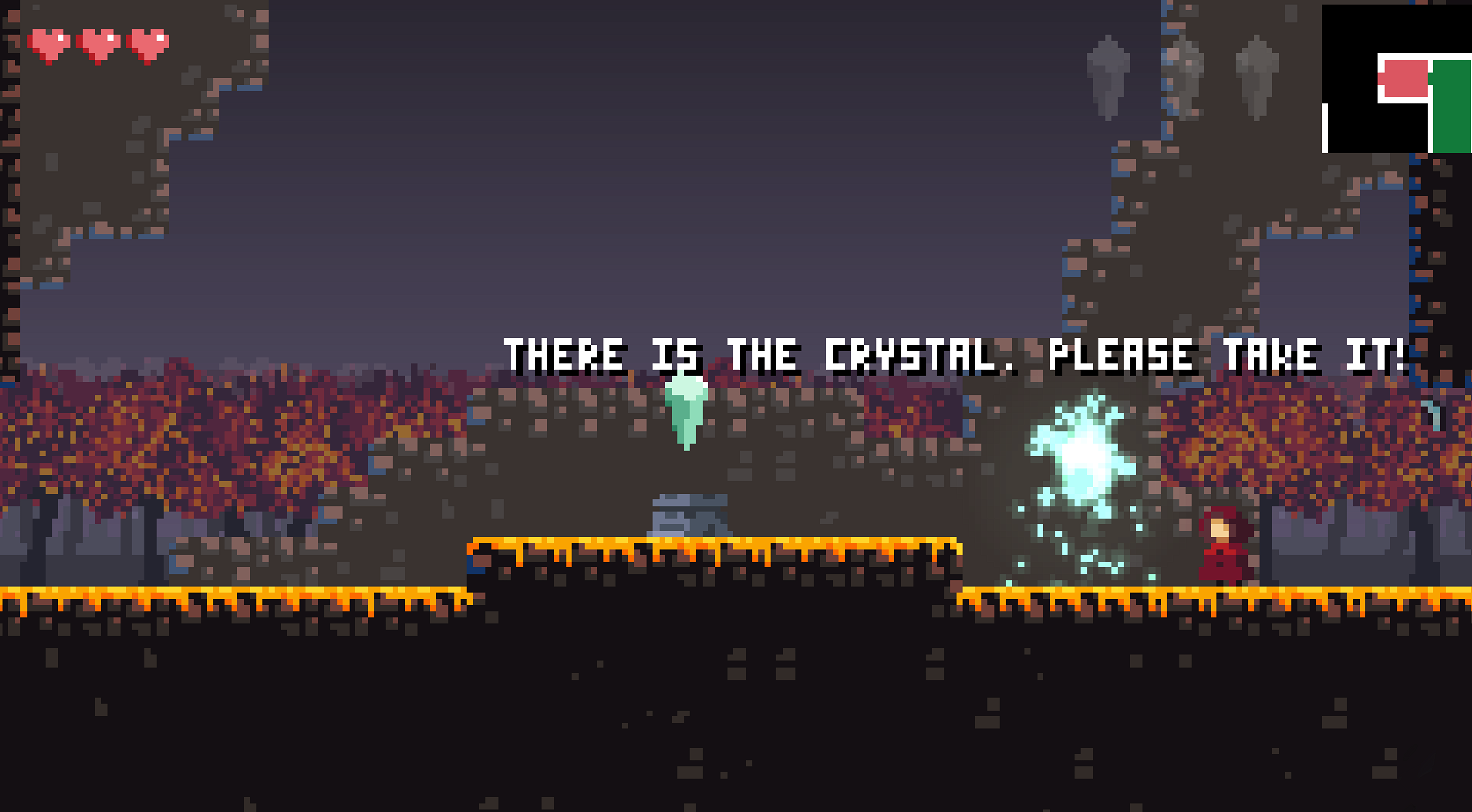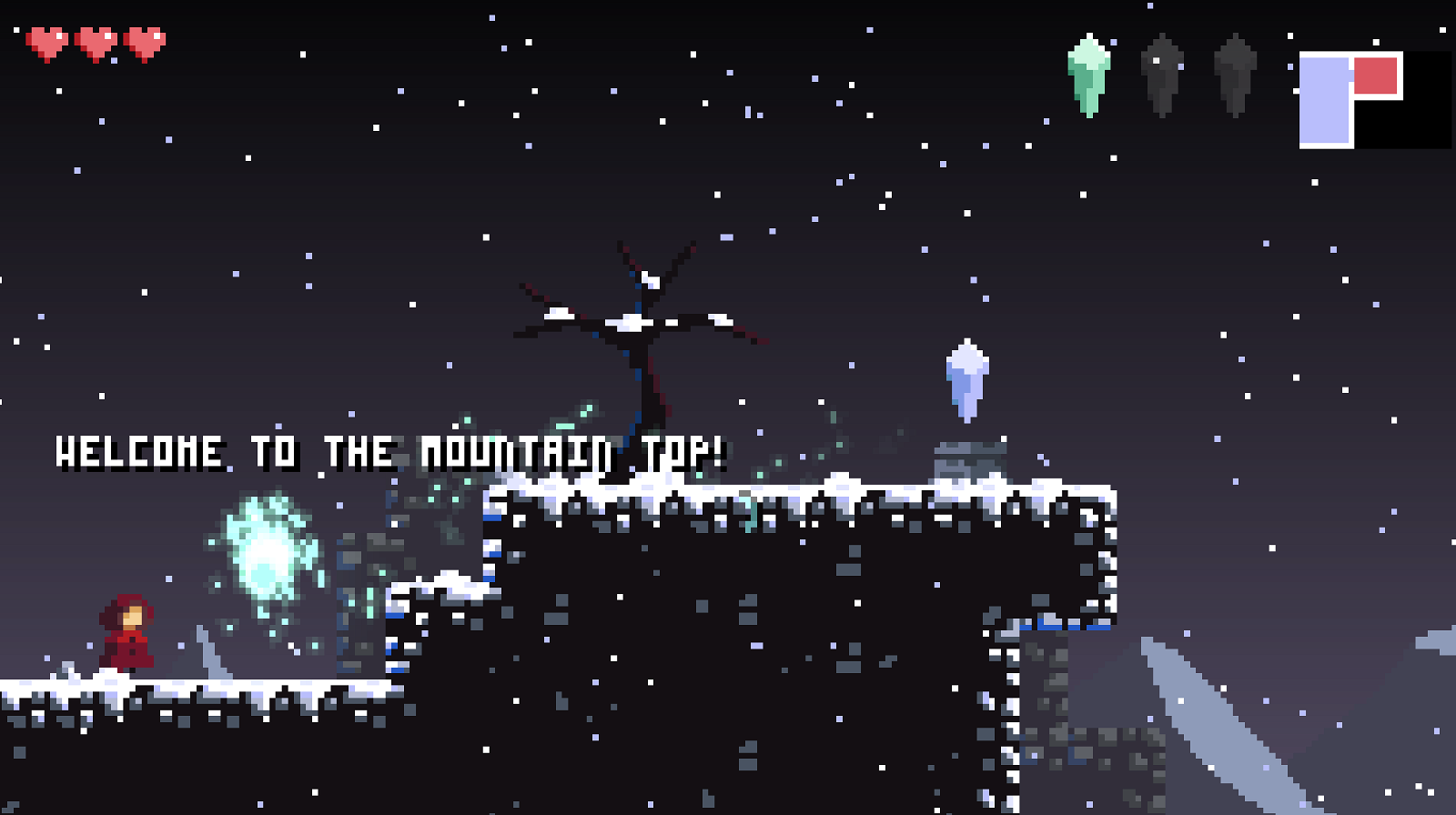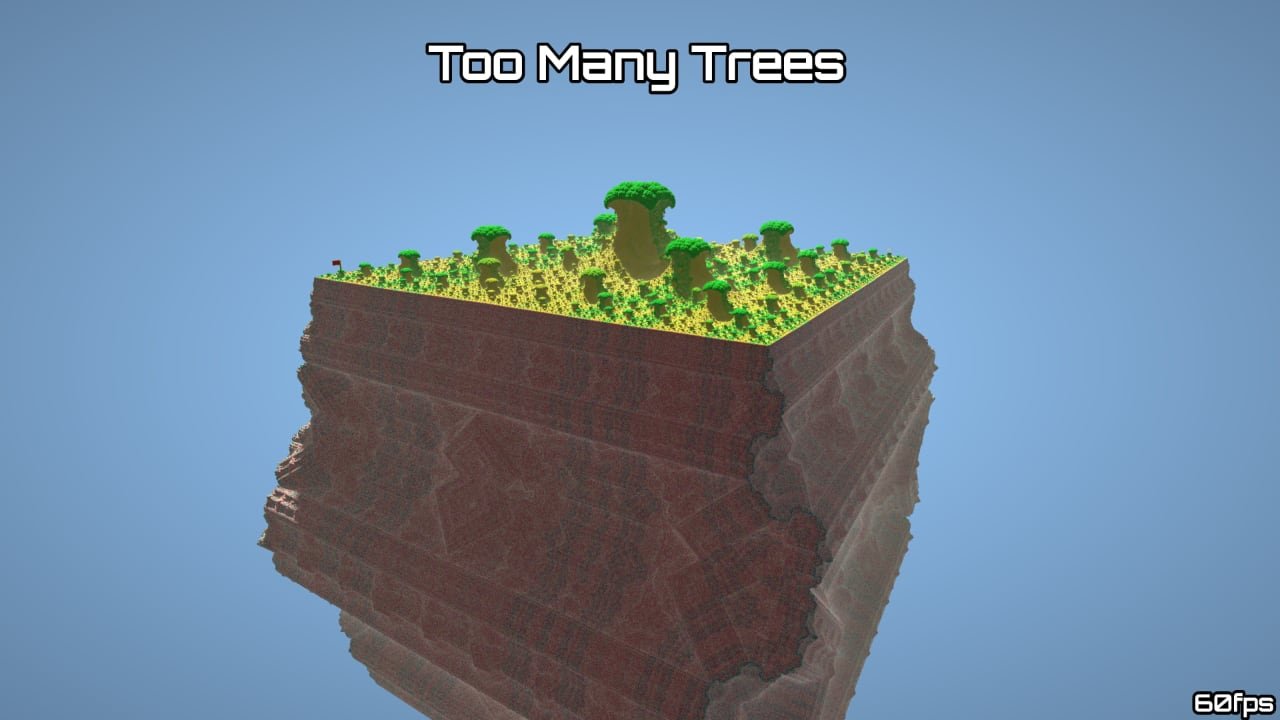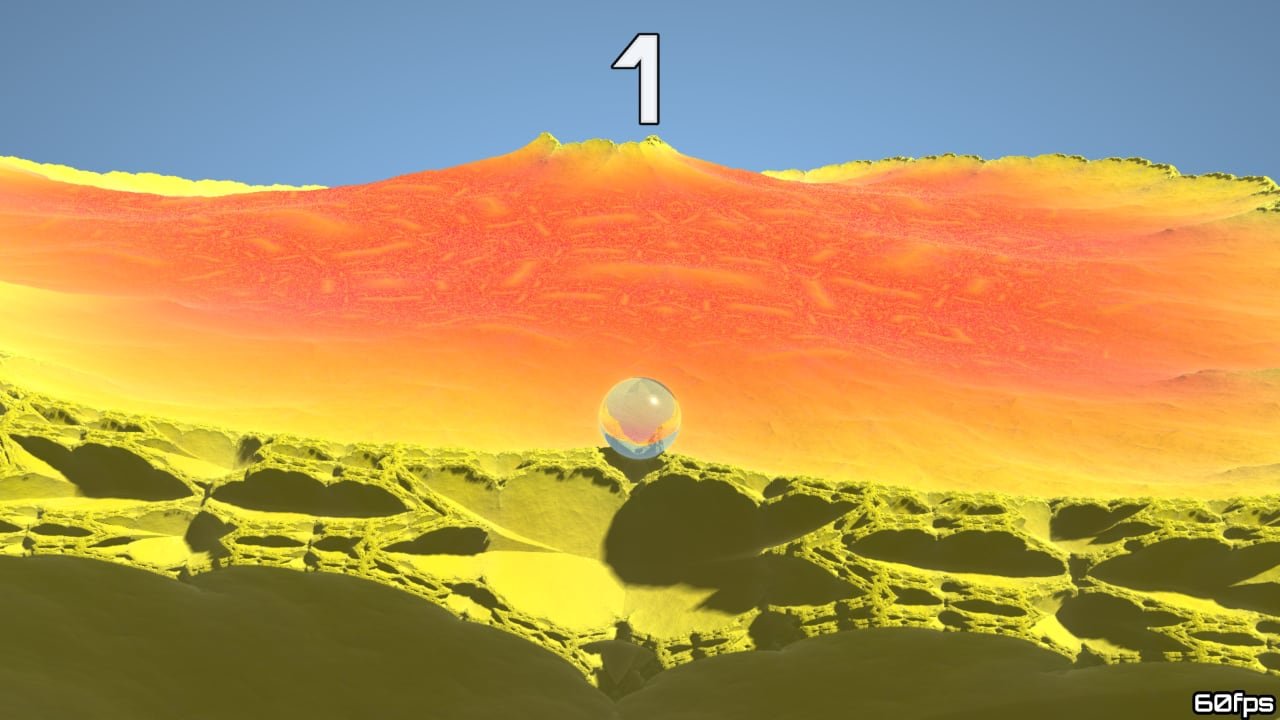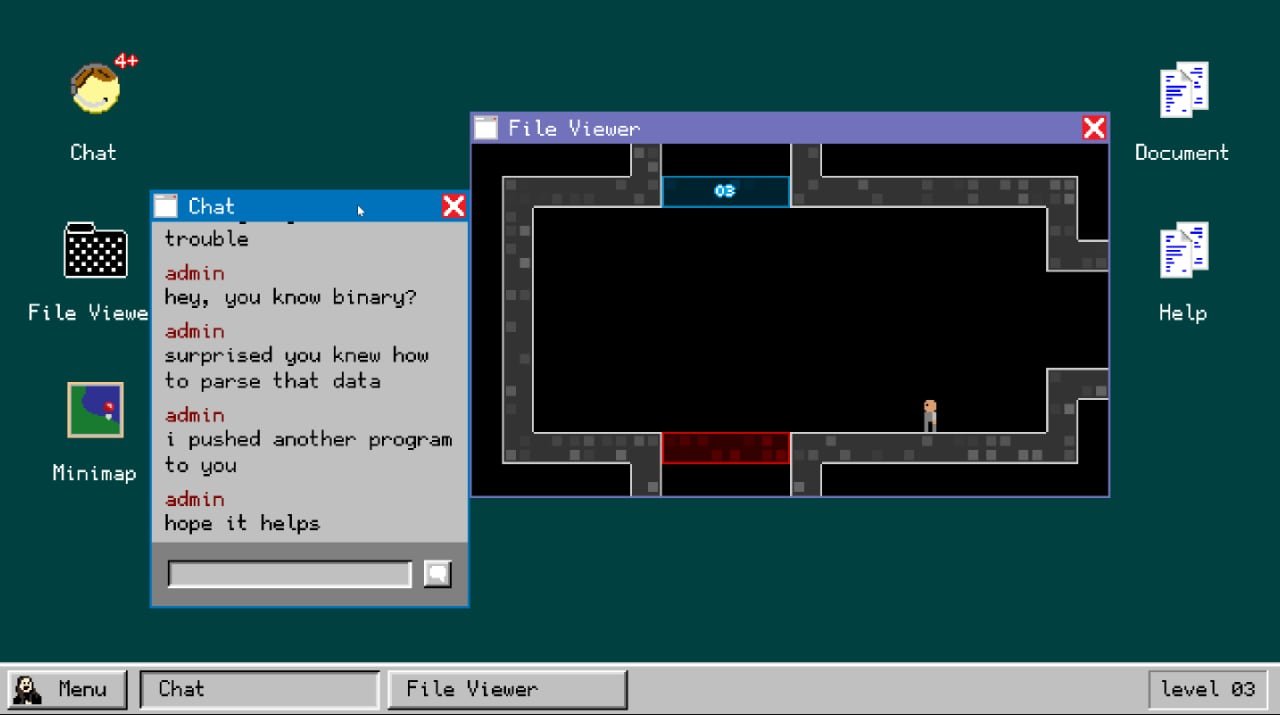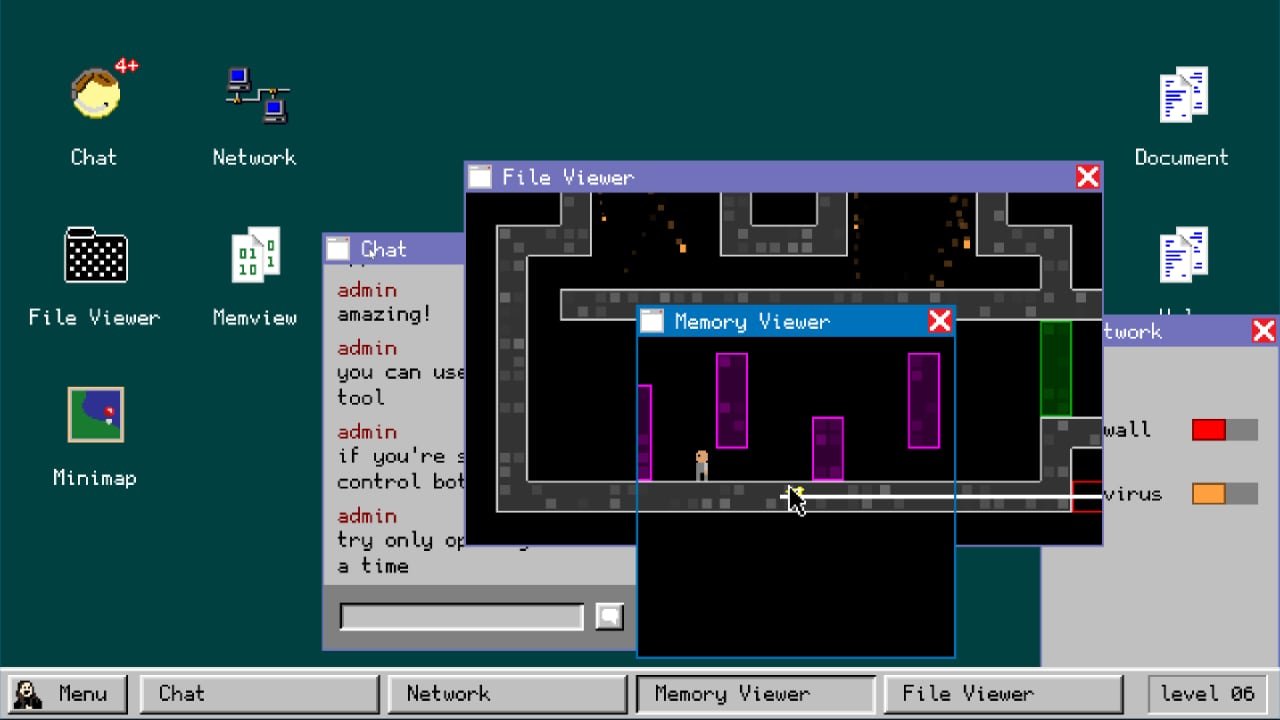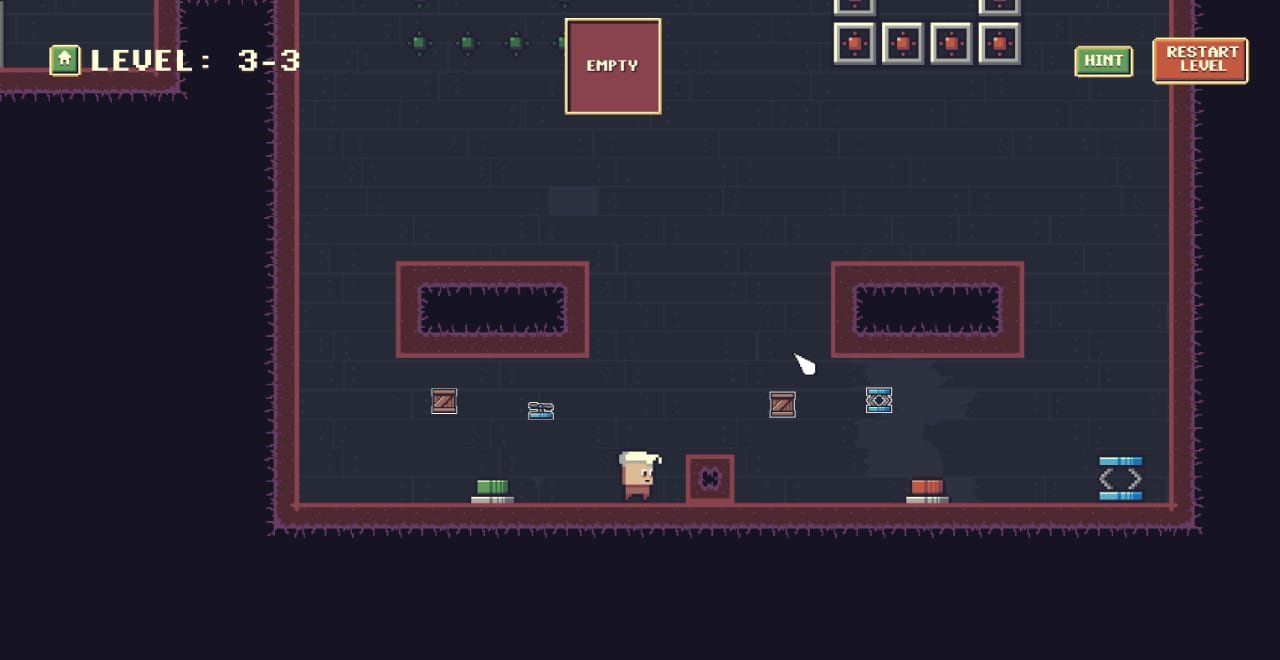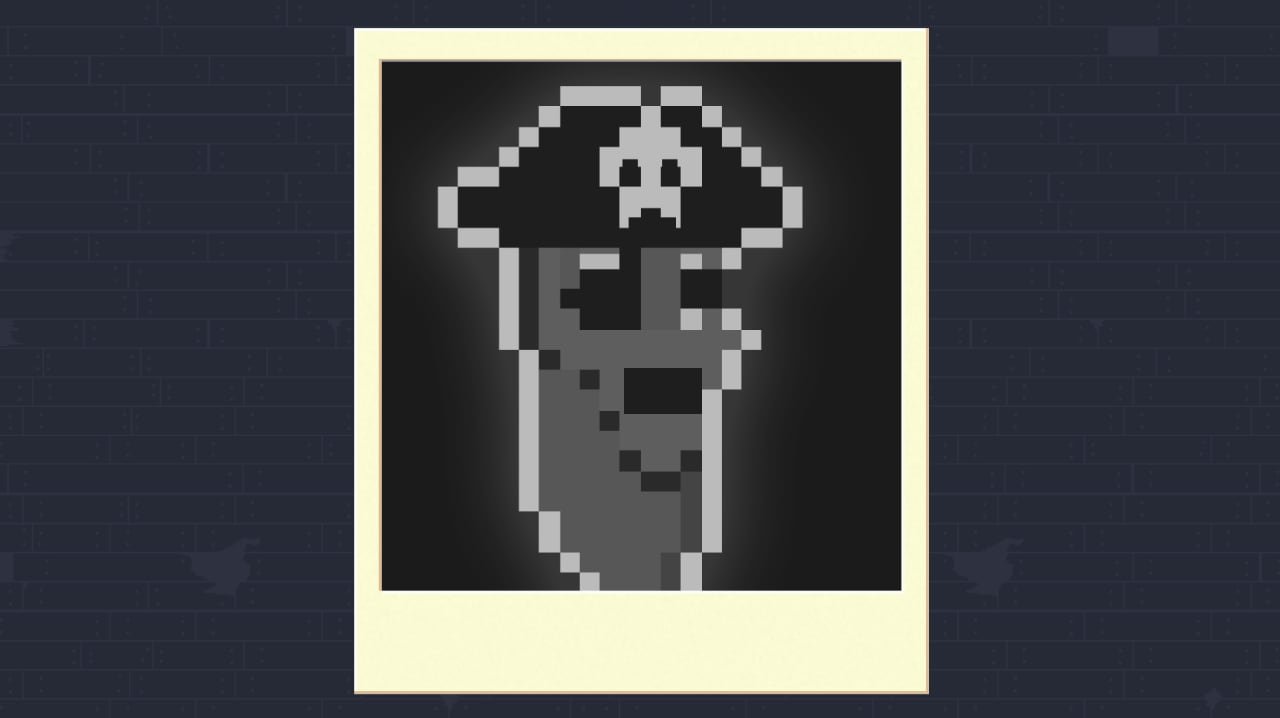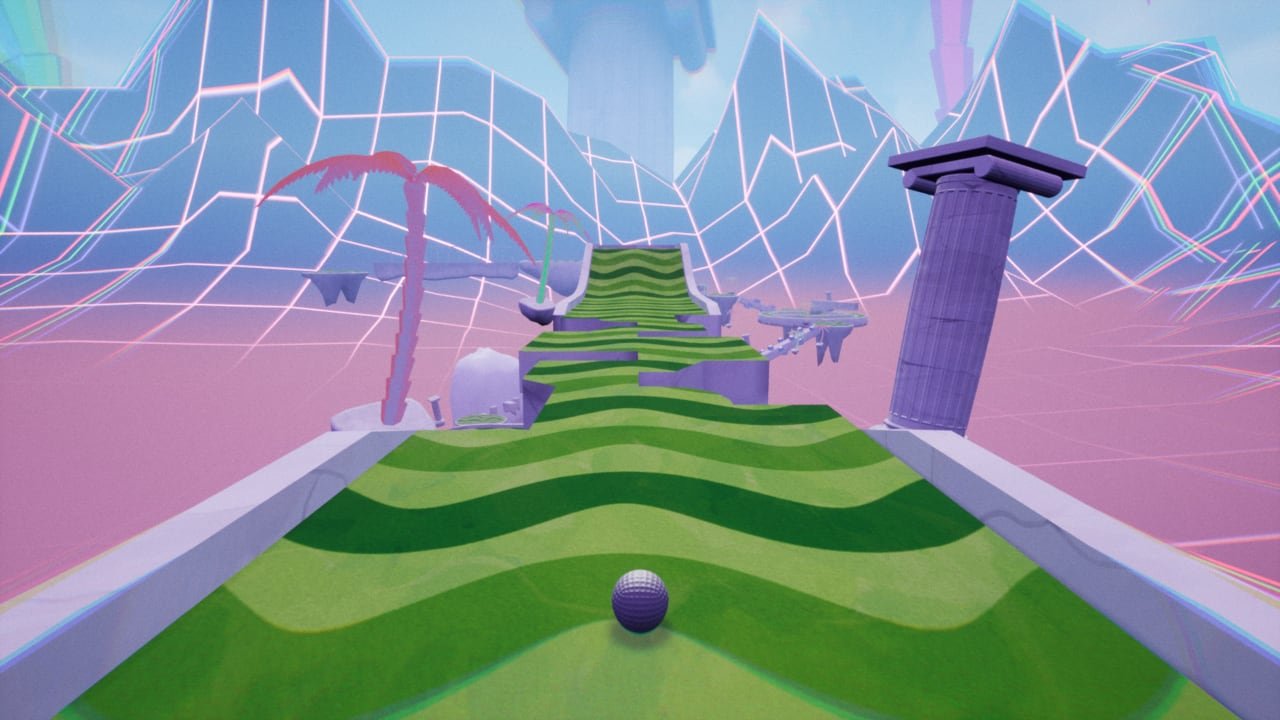
Golf: Become Human
A surreal vaporwave golf game
Golf: Become Human isn’t your average golf game. It’s not even a golf game, really.
The game description on itch.io keeps it simple: you play as a human turned golf ball, trying to complete trials to earn your humanity. A few minutes into playing this, I was exclaiming to friends that this game is “vaporwave, the game,” and oh boy, is that true—but I didn’t even know what I was really in for.
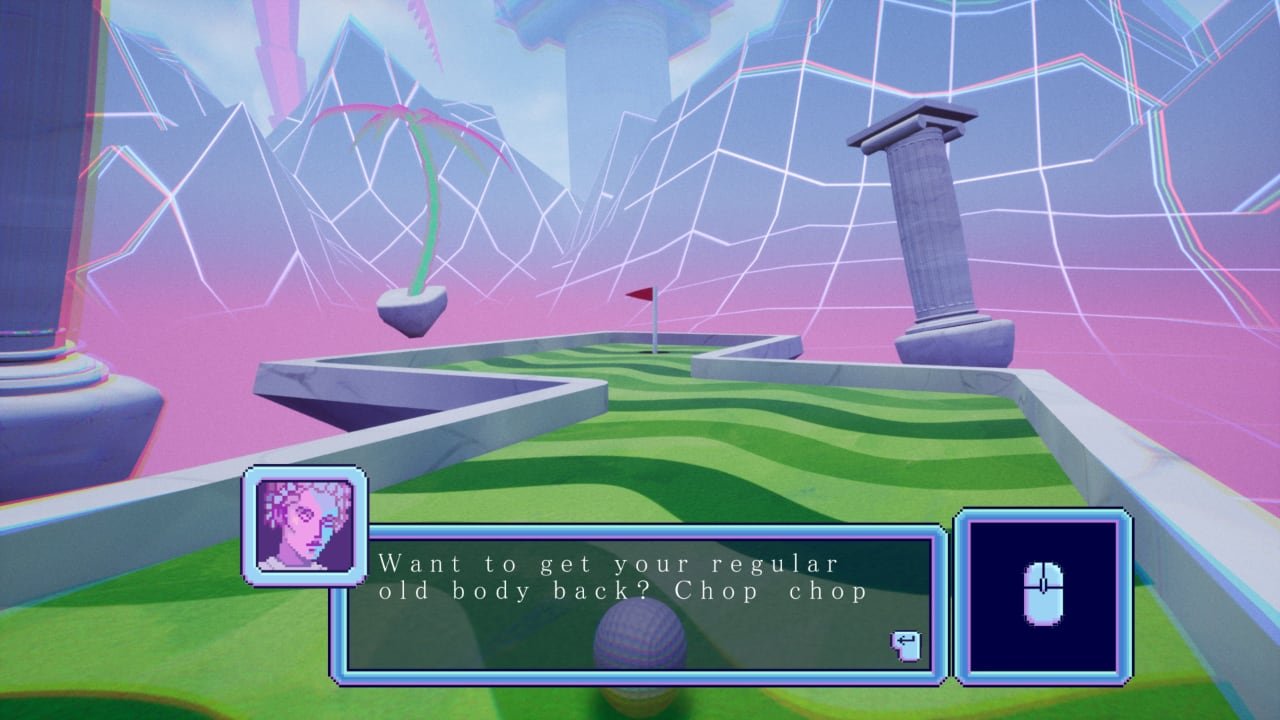
An inversion of expectations
The game starts as a pretty average 3D platform golf game. You get how this game works instinctively—aim, click, and release to hit the golf ball toward the hole. You’ve seen golf games before, this isn’t much different.
The first three levels serve as a tutorial. A god-like character drops in, introduces each level, gives you some aesthetic quips and then leaves you on your way.
Everything changes and all sense of normalcy is disposed of when you hit level four. At the end of level four, the game transforms into a rubber band physics-based rock climbing game. “Figured a pair of arms would be useful,” the god quips when you start slingshotting around.
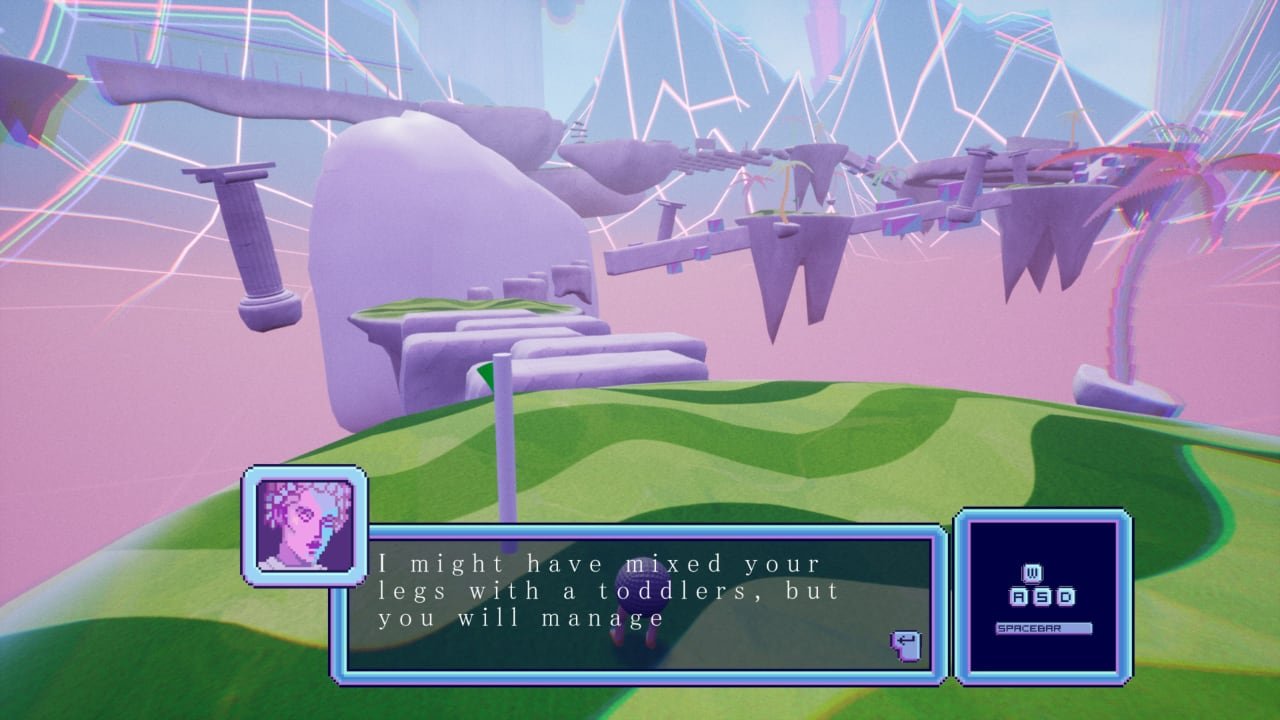
Skillfully applied wackiness
So once you get into the meat of the game—past level four, that is—Golf: Become Human hits its real stride. The game throws new mechanics at you, then augments them to increase complexity and to keep you guessing.
For instance, the rock climbing mechanic keeps evolving each time you encounter it, level by level. It starts off as a “climb to the top,” in the next level it adds corners, then animated bumpers, and then jumping springs and barriers. It skillfully builds from the underlying rock climbing game you found earlier into something devilishly complex and unexpected—but something I really wanted to bite into just so I could see what the game is going to do next with it.
It’s not just golf and rock climbing. There’s some platforming and flappy bird style gameplay too. You can also find the yellow flag hidden levels—which offer side-courses of gameplay varietals, like bowling and plinko.
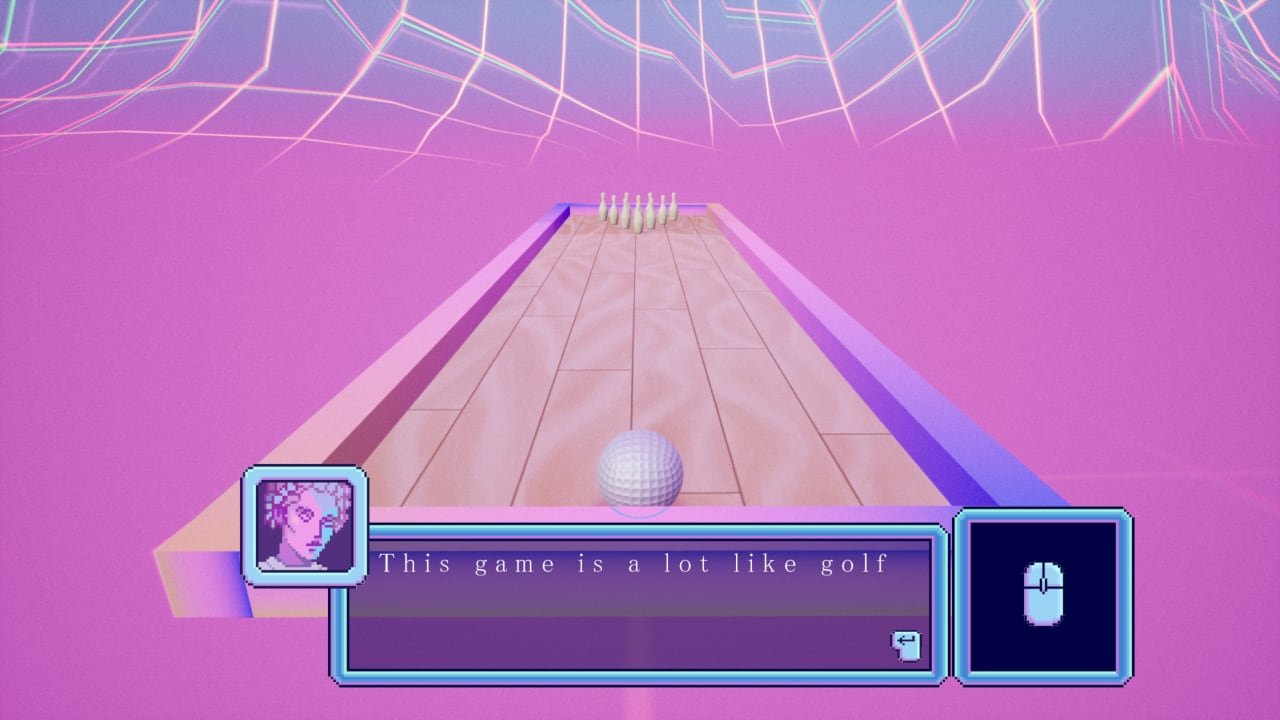
The ultimate mashup game of all time?
Yeah, this game is really vaporwave meets frog fractions meets the PGA tour series…with a jumble of other games you’d find in a discount bin heaped in too. That's a strength, not a crutch—everything feels at place here.
To accompany the vaporwave art aesthetic, Golf: Become Human includes its own lo-fi soundtrack from YouTube creators Lee and Zeeky Beats. The soundtrack is short and loops a few times. Once you’ve heard enough, feel free to sub in your own vaporwave soundtrack, from artists like Macintosh Plus or 2814.
Honestly, the origin of this game is mysterious to me. If you play through the credits—yes, the game gameifies the credits—you find that the game is made by a collective named “rootlads,” and lists some names in the credits, but I was unsuccessful in tracking any of them down. I weirdly suspect that there’s a deeper metagame to this, but I’m unable to find evidence of it. No social accounts, nothing. But the game is content-heavy and is polished deeply enough that it’s a surprise to see that the creators are nowhere to be found, short of posting the game.
Gameplay Tip:
There’s honestly a few bugs. The game can crash from time to time, mainly while aiming golf balls—wait for the green flash before clicking. If the game does crash, you can press R after relaunching to pick up at the checkpoint you left off at.
Oh, and strokes don’t really seem matter—or at least, I didn’t bother to three-star every course. The game always lets you continue to the next level.
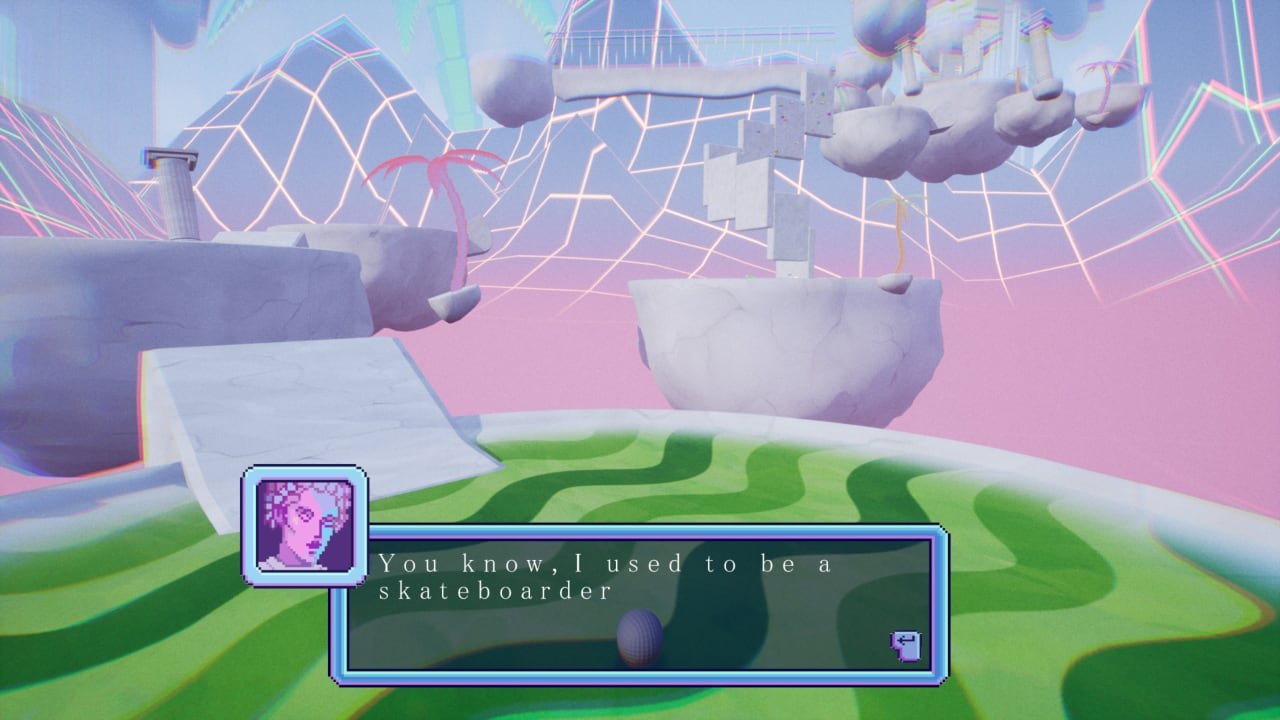
Depending on how you feel about this sort of irreverent jokey complexity, Golf: Become Human may sound either fantastic or terrible to you, but you should really play it. It changes in ways that keep you guessing, in an irresistible sort of way that just made me searching for another hidden level, or to keep seeing how the game will evolve next.
My playthrough of Golf: Become Human took about an hour and a half. It made for a very delightful Sunday evening game. Golf: Become Human is available on itch.io for Windows.
